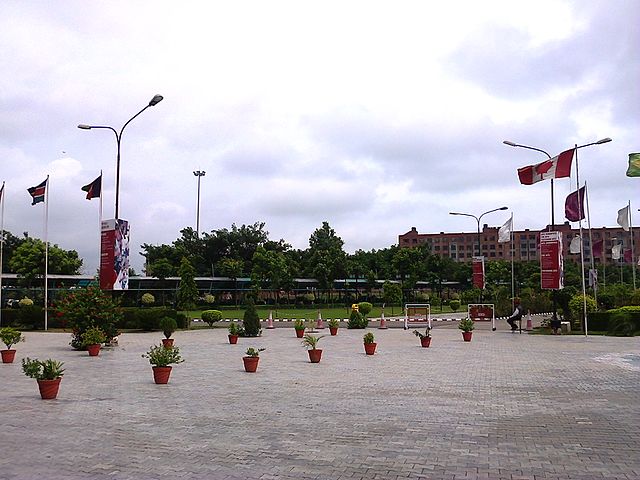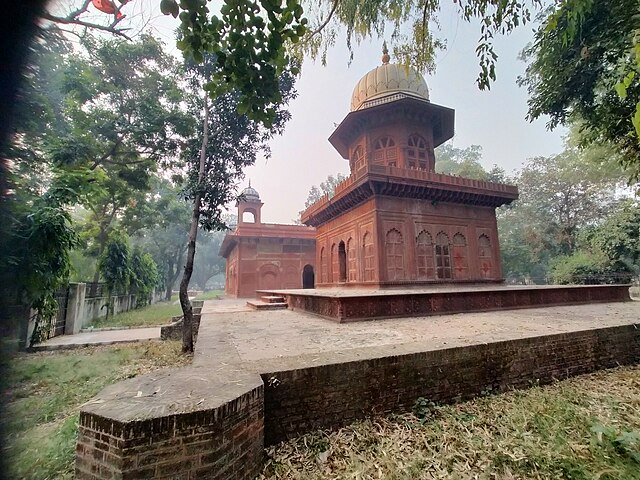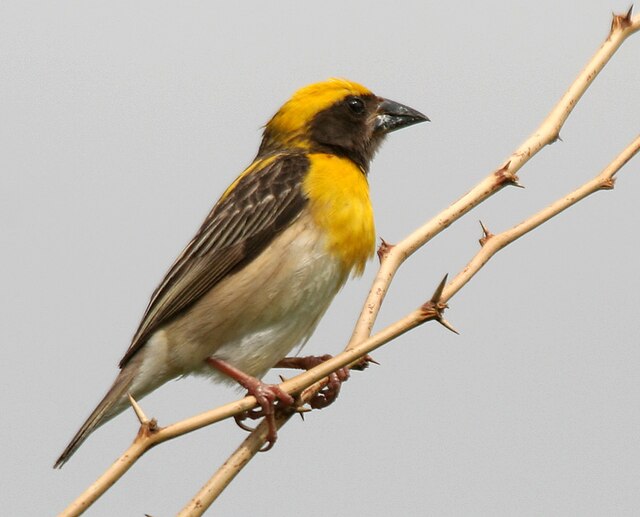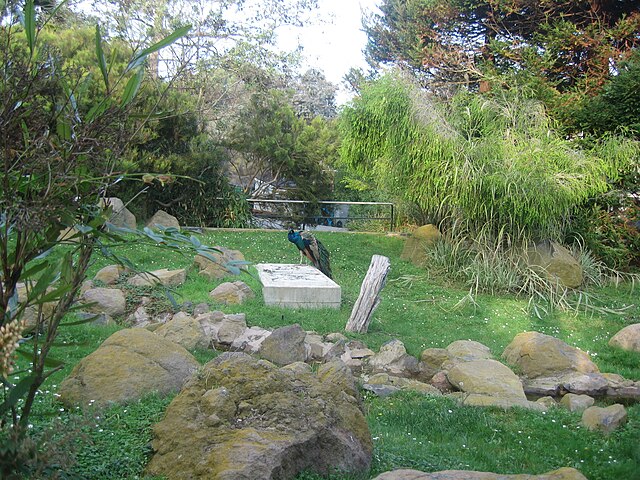Nestled in the heart of Punjab, Kapurthala stands as a testament to royal heritage and natural beauty. But what about its weather? If you’re planning a visit or considering making this charming city your home, understanding the local climate is crucial. Let’s dive deep into everything you need to know about weather in Kapurthala.
Understanding Kapurthala’s Climate Profile

Kapurthala experiences a subtropical climate that’s typical of the Punjab region. This means you’ll encounter hot summers, pleasant winters, and a distinct monsoon season that brings much-needed relief from the scorching heat. The city’s weather patterns are influenced by its geographical location and the broader climatic conditions of the Indo-Gangetic Plain.
Geographic Location and Its Impact on Weather
Located at 31.38°N latitude and 75.38°E longitude, Kapurthala sits at an elevation of approximately 229 meters above sea level. This positioning places it in the subtropical zone, where the weather is largely governed by the monsoon winds and the movement of Western Disturbances during winter months.
The city’s proximity to the Himalayas, though not immediately visible, plays a significant role in its weather patterns. During winter, cold air masses from the mountains bring down temperatures, while in summer, the mountains act as a barrier, sometimes intensifying the heat in the plains.
Seasonal Weather Patterns Overview
Kapurthala’s year can be broadly divided into four distinct seasons: winter (December-February), spring (March-April), summer (May-June), and monsoon (July-September). October and November serve as transitional months, offering some of the most pleasant weather of the year.
Each season brings its own charm and challenges. Winter mornings can be surprisingly cold with heavy fog, while summer afternoons can feel like walking into an oven. The monsoon season transforms the landscape into a lush green paradise, though it comes with its own set of considerations for daily life.
Monsoon Season in Kapurthala (July-September)
The monsoon season is perhaps the most dramatic and welcome time of year in Kapurthala. After months of intense heat, the arrival of monsoon clouds brings not just rain, but a complete transformation of the city’s atmosphere.
Rainfall Patterns and Precipitation
Kapurthala receives an average annual rainfall of approximately 700-800 millimeters, with the bulk of it concentrated during the monsoon months. July typically sees the heaviest rainfall, followed by August and September. The rain doesn’t come steadily but in bursts – you might experience heavy downpours followed by clear skies.
The monsoon arrives around the first week of July and gradually withdraws by the end of September. However, these dates can vary significantly from year to year. Some years, the monsoon might arrive early in June, while in others, it could be delayed until mid-July.
Best Activities During Monsoon
The monsoon season offers unique opportunities for experiencing Kapurthala’s natural beauty. The Kanjli Wetland, located nearby, becomes a paradise for bird watchers. The rain-washed architecture of the Jagatjit Palace looks more magnificent than ever, and the surrounding gardens come alive with vibrant greenery.
This is also the perfect time for photography enthusiasts. The dramatic skies, rain-soaked streets, and lush landscapes provide countless opportunities for capturing the city’s monsoon mood.
Monsoon Safety Tips
While the monsoon brings relief from heat, it also requires some precautions. Roads can become slippery, and waterlogging in certain areas is not uncommon. Always carry an umbrella or raincoat, wear appropriate footwear, and avoid driving through waterlogged areas.
The increased humidity during monsoon can make the air feel heavier, so staying hydrated and maintaining good ventilation in your living spaces becomes important.
Winter Weather in Kapurthala (October-March)
Winter in Kapurthala is a tale of two experiences. The days are often pleasant and sunny, perfect for outdoor activities, while the nights and early mornings can be surprisingly cold, especially for those not accustomed to North Indian winters.
Temperature Ranges and Cold Spells
Winter temperatures in Kapurthala typically range from 5°C to 20°C, though extreme cold spells can push nighttime temperatures below 2°C. The daytime temperatures usually hover around 15-20°C, making it comfortable for sightseeing and outdoor activities.
The winter season is characterized by clear skies and bright sunshine during the day, but don’t let this fool you into thinking it’s warm. The sun’s angle is low, and the air remains crisp and cold, especially in the mornings and evenings.
December and January: The Coldest Months
December and January are the coldest months in Kapurthala. During this period, you’ll need warm clothing, especially if you’re planning to be outdoors early in the morning or late in the evening. The temperature difference between day and night can be quite significant, sometimes varying by 15-20 degrees.
Fog is another characteristic feature of winter in Kapurthala. Dense fog can reduce visibility to just a few meters, affecting transportation and daily activities. This is particularly common in December and January, especially during the early morning hours.
Winter Clothing Essentials
If you’re visiting Kapurthala during winter, pack layers. You’ll need warm jackets for the morning and evening, but you might find yourself removing layers during the warmer afternoon hours. Don’t forget warm socks, as the cold can be particularly noticeable in your feet.
A good pair of closed shoes is essential, as morning dew and occasional frost can make surfaces slippery and cold. If you’re planning to visit local attractions early in the morning, a warm hat and gloves can make your experience much more comfortable.
Summer Climate in Kapurthala (April-June)
Summer in Kapurthala is intense and demands respect. The heat builds gradually from April, reaches its peak in May and June, and only begins to subside with the arrival of monsoon clouds in July.
Heat Waves and Temperature Extremes
Summer temperatures in Kapurthala can soar above 45°C during peak summer months. Heat waves are not uncommon, and on particularly hot days, the temperature can feel even higher due to the humidity and hot winds known locally as “loo.”
The heat during summer is dry and intense, quite different from the humid heat experienced in coastal areas. This dry heat can be deceptive – you might not feel like you’re sweating much, but dehydration can set in quickly if you’re not careful.
Staying Cool During Peak Summer
During summer, life in Kapurthala adjusts to the heat. Many people prefer to stay indoors during the hottest parts of the day (typically 11 AM to 4 PM) and venture out early in the morning or late in the evening.
Air conditioning becomes a necessity rather than a luxury during summer. If you’re visiting during this time, ensure your accommodation has proper cooling systems. Staying hydrated is crucial – carry water with you and drink regularly, even if you don’t feel thirsty.
Pre-Monsoon Weather Conditions
The weeks leading up to the monsoon are characterized by building heat and humidity. You might notice afternoon thunderstorms that bring brief respite from the heat but also increase humidity levels. These pre-monsoon showers, known as “mango showers,” are irregular but can provide temporary relief.
The sky during pre-monsoon period often appears hazy, and dust storms are not uncommon. These conditions can affect air quality and visibility, making it important to stay indoors during severe dust storms.
Monthly Weather Breakdown

Understanding the weather patterns month by month can help you plan your activities and visits to Kapurthala more effectively.
Spring Months (March-May)
March marks the beginning of warmer weather in Kapurthala. The temperatures start rising from the pleasant winter levels, and by the end of March, you’ll need lighter clothing during the day. April is typically warm but still comfortable, with temperatures ranging from 15°C to 30°C.
May is when the heat really begins to build up. Temperatures can reach 35-40°C, and the intensity of the sun becomes noticeable. This is still a good time for sightseeing if you plan your activities for early morning or late evening.
Peak Summer Months (May-June)
May and June are the hottest months in Kapurthala. Temperatures regularly exceed 40°C, and heat waves can push them even higher. The sun is at its most intense, and outdoor activities during midday become uncomfortable and potentially dangerous.
June is particularly challenging as it combines intense heat with increasing humidity as the monsoon approaches. The heat can be overwhelming, especially for those not accustomed to such extreme temperatures.
Monsoon Months (July-September)
July brings the much-awaited monsoon relief. The temperature drops significantly, typically ranging from 25-35°C, but humidity levels rise considerably. The rain brings a freshness to the air that’s hard to describe – it’s like the entire city takes a deep breath of relief.
August continues the monsoon pattern with regular rainfall and pleasant temperatures. September marks the gradual withdrawal of monsoon, with occasional showers and generally pleasant weather.
Post-Monsoon and Winter (October-February)
October is often considered one of the best months weather-wise in Kapurthala. The monsoon has withdrawn, humidity levels drop, and temperatures are pleasant. November extends this pleasant weather, with clear skies and comfortable temperatures perfect for outdoor activities.
December brings the winter chill, with temperatures dropping significantly, especially at night. January is the coldest month, while February begins the gradual warming trend that leads into spring.
Best Time to Visit Kapurthala
If you’re planning a visit to Kapurthala, timing is everything. The best time largely depends on your preferences and what you want to experience.
Tourist Season Recommendations
For most visitors, October to March is the ideal time to visit Kapurthala. The weather is pleasant, rainfall is minimal, and outdoor activities are comfortable. This period offers the best conditions for sightseeing, photography, and exploring the city’s attractions.
November to February is particularly recommended for those who enjoy cooler weather and want to explore the city’s architectural marvels without the discomfort of heat or rain. The clear skies during this period also offer excellent visibility for photography.
Weather Considerations for Sightseeing
When planning your sightseeing activities, consider the weather patterns carefully. The Jagatjit Palace and other architectural attractions are best visited during the cooler months when you can spend more time appreciating the details without heat-related discomfort.
If you’re interested in the natural beauty around Kapurthala, the post-monsoon period (October-November) offers lush green landscapes and pleasant temperatures. The Kanjli Wetland is particularly beautiful during this time, with migratory birds adding to the scenic beauty.
Weather-Related Challenges in Kapurthala

Like any location, Kapurthala faces certain weather-related challenges that residents and visitors should be aware of.
Extreme Weather Events
While Kapurthala doesn’t experience extreme weather events like cyclones or earthquakes frequently, it does face challenges related to extreme temperatures, heavy rainfall, and severe fog.
Heat waves during summer can be particularly challenging, especially for elderly people and those with health conditions. The local administration often issues heat wave warnings and sets up cooling centers during extreme heat periods.
Heavy rainfall during monsoon can sometimes lead to waterlogging in certain areas of the city. While the drainage systems are generally adequate, intense downpours can temporarily overwhelm them.
Dealing with Fog and Visibility Issues
Winter fog in Kapurthala can be dense and persistent, sometimes lasting well into the morning hours. This can significantly impact transportation, with trains and flights sometimes experiencing delays.
If you’re driving during foggy conditions, it’s essential to use fog lights, maintain a safe distance from other vehicles, and drive slowly. Many locals prefer to avoid early morning travel during the peak fog season (December-January).
Climate Change Impact on Kapurthala Weather
Like many places around the world, Kapurthala is experiencing changes in its traditional weather patterns due to climate change. Summer temperatures are becoming more extreme, and the timing of monsoons is becoming less predictable.
The frequency of extreme weather events is increasing, with more intense heat waves and occasional unseasonal rainfall. These changes are affecting agriculture, which is crucial for the region’s economy, and are also impacting daily life for residents.
Adaptation strategies are being developed at both government and community levels to deal with these changing weather patterns. These include improved weather forecasting, better urban planning to deal with extreme heat, and water conservation measures.
Weather Forecasting and Staying Updated
Staying informed about weather conditions is crucial for planning your activities in Kapurthala, whether you’re a resident or a visitor.
Reliable Weather Sources
The India Meteorological Department (IMD) provides official weather forecasts for Kapurthala. Their forecasts are generally reliable and include warnings for extreme weather conditions like heat waves, heavy rainfall, or severe fog.
Local news channels and newspapers also provide regular weather updates, often with local insights that can be valuable for planning daily activities.
Mobile Apps and Weather Alerts
Several mobile apps provide real-time weather information for Kapurthala. These apps often include features like hourly forecasts, radar images, and severe weather alerts. Some popular options include AccuWeather, Weather.com, and local Indian weather apps.
Setting up weather alerts on your phone can help you stay prepared for sudden weather changes, especially during the monsoon season when conditions can change rapidly.
Conclusion
Weather in Kapurthala is as diverse and dynamic as the city itself. From the scorching summers that test your endurance to the refreshing monsoons that rejuvenate the landscape, and from the pleasant winters that invite outdoor exploration to the foggy mornings that add mystery to the cityscape – each season offers its own unique experience.
Understanding these weather patterns isn’t just about planning what to wear or when to visit. It’s about appreciating the rhythm of life in this beautiful Punjabi city, where weather doesn’t just affect the temperature – it influences culture, agriculture, daily routines, and even the mood of the people.
Whether you’re a prospective visitor planning your trip or someone considering making Kapurthala your home, embracing the city’s weather patterns will help you make the most of what this remarkable place has to offer. Remember, there’s no bad weather in Kapurthala – only different kinds of good weather for different activities and experiences.
The key to enjoying Kapurthala’s weather is preparation and adaptability. Come prepared for the season you’re visiting, stay informed about weather conditions, and remain flexible in your plans. Most importantly, embrace the weather as part of the authentic Kapurthala experience – because in this city, the weather isn’t just a backdrop to life; it’s an integral part of the story.
Frequently Asked Questions
Q1: What is the hottest month in Kapurthala?
A1: June is typically the hottest month in Kapurthala, with temperatures often exceeding 45°C. May is also extremely hot, but June usually sees the peak summer heat before the monsoon arrives to provide relief.
Q2: How much rainfall does Kapurthala receive annually?
A2: Kapurthala receives approximately 700-800 millimeters of rainfall annually, with most of it concentrated during the monsoon season from July to September. July typically sees the heaviest rainfall.
Q3: Is winter in Kapurthala suitable for outdoor activities?
A3: Yes, winter in Kapurthala is excellent for outdoor activities. The daytime temperatures are pleasant (15-20°C), and the clear, sunny weather makes it perfect for sightseeing. Just be prepared for cold mornings and evenings.
Q4: When should I avoid visiting Kapurthala due to weather conditions?
A4: The peak summer months of May and June can be quite challenging for visitors not accustomed to extreme heat. Additionally, December and January can have dense fog that might affect transportation and outdoor activities, especially in early morning.
Q5: How does the monsoon season affect daily life in Kapurthala?
A5: The monsoon season brings relief from summer heat but also increases humidity and can cause temporary waterlogging. Daily life adjusts to accommodate rain, with people carrying umbrellas and planning indoor activities during heavy downpours. However, the pleasant temperatures make it a welcome change from the intense summer heat.

